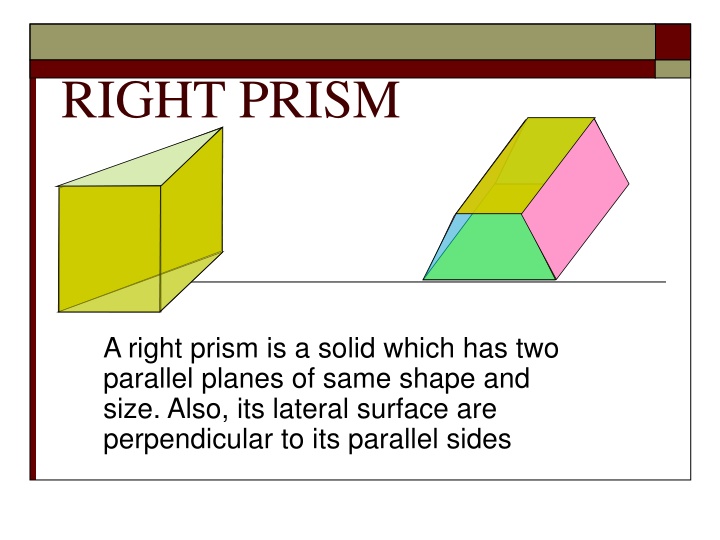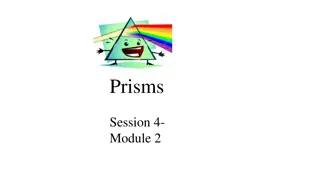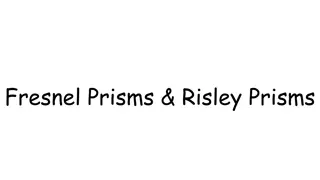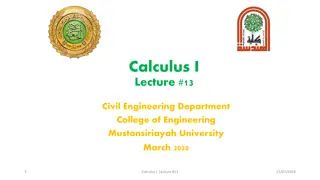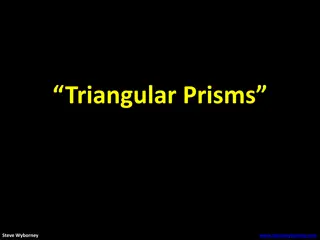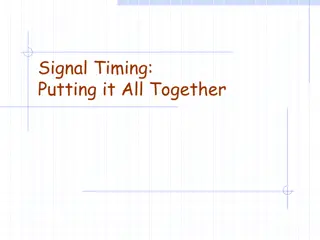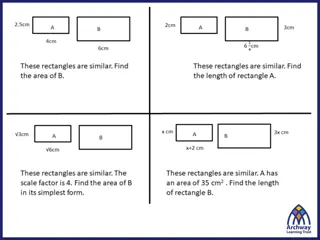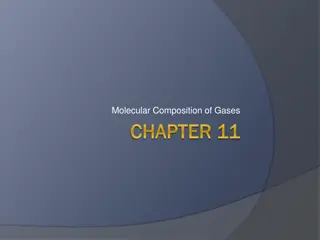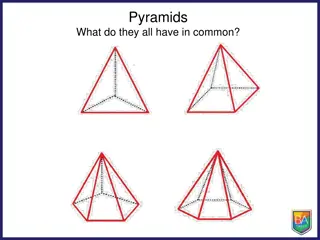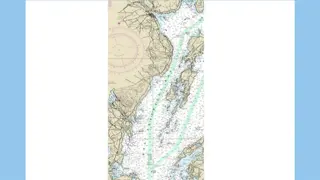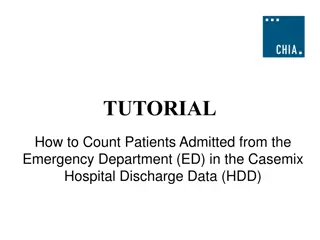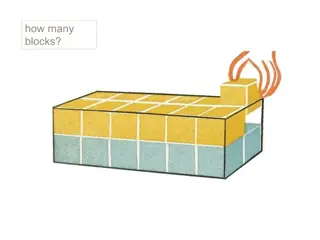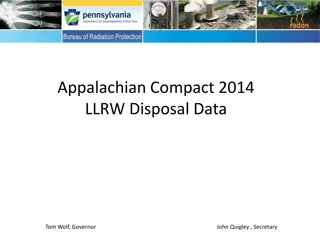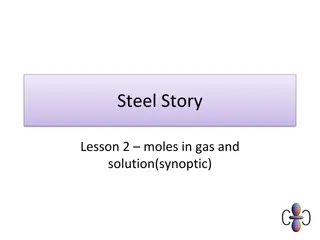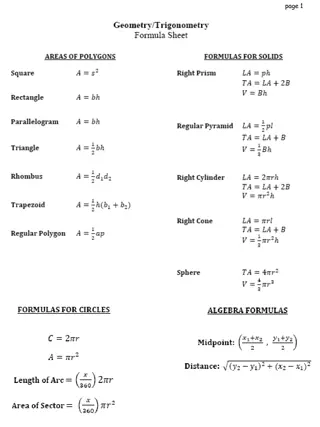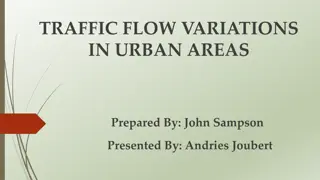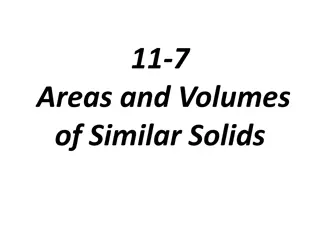Prisms and Their Volumes
Concepts of right prisms and triangular prisms, this content delves into their properties, volumes, and surface areas. Visual aids and detailed explanations make learning about these solid shapes engaging and informative. Discover how to calculate the volume and total surface area of prisms, including trapezoids, through clear examples and diagrams. Enhance your geometry knowledge with this comprehensive resource.
Download Presentation

Please find below an Image/Link to download the presentation.
The content on the website is provided AS IS for your information and personal use only. It may not be sold, licensed, or shared on other websites without obtaining consent from the author.If you encounter any issues during the download, it is possible that the publisher has removed the file from their server.
You are allowed to download the files provided on this website for personal or commercial use, subject to the condition that they are used lawfully. All files are the property of their respective owners.
The content on the website is provided AS IS for your information and personal use only. It may not be sold, licensed, or shared on other websites without obtaining consent from the author.
E N D
Presentation Transcript
RIGHT PRISM A right prism is a solid which has two parallel planes of same shape and size. Also, its lateral surface are perpendicular to its parallel sides
Volume of Right Prism h h h Parallel sides base Volume = Area of cross-section x Distance between parallel sides = Base area x height
Triangular Prism Length b2 Volume = Base area x height = Triangle area x length of the solid = x base x height x length
Net of Triangular Prism h b2 b3 b1 L Total surface area = Two triangles + three rectangles = 2 x x b x h + L x b1 + L x b2 + L x b3 = 2 x base area + (b1 + b2 + b3) x L = 2 base area + Perimeter of the base x Length
Volume of a Prism 20cm 30cm 12cm 16cm Volume = Base Area x Height = x 12 x 16 x 30 = 2880 cm3
Total Surface area 12cm 16cm 16cm 20cm 30cm 12cm 12cm 20cm 16cm 20cm Perimeter of the base = 12 + 16 + 20 = 48cm T.S.A = 2 x Base Area + Perimeter of the base x height = 2 x 96 + 48 x 30 = 1632cm2.
Trapezoid 8cm 13cm 20cm 12cm 10cm 15cm Volume = Base Area x Length = x (8 + 15) x 10 x 20 = 2300cm3.
The Net 8cm 12cm 13cm 12cm 13cm 8cm 15cm 30cm 30cm 15cm 8cm 12cm 13cm 8cm T.S.A = 2 x Base area + Perimeter of the base x height = 1670 cm2.
Happiness is not success, But the path leading to success. THE THE END END
This powerpoint was kindly donated to www.worldofteaching.com http://www.worldofteaching.com is home to over a thousand powerpoints submitted by teachers. This is a completely free site and requires no registration. Please visit and I hope it will help in your teaching.
